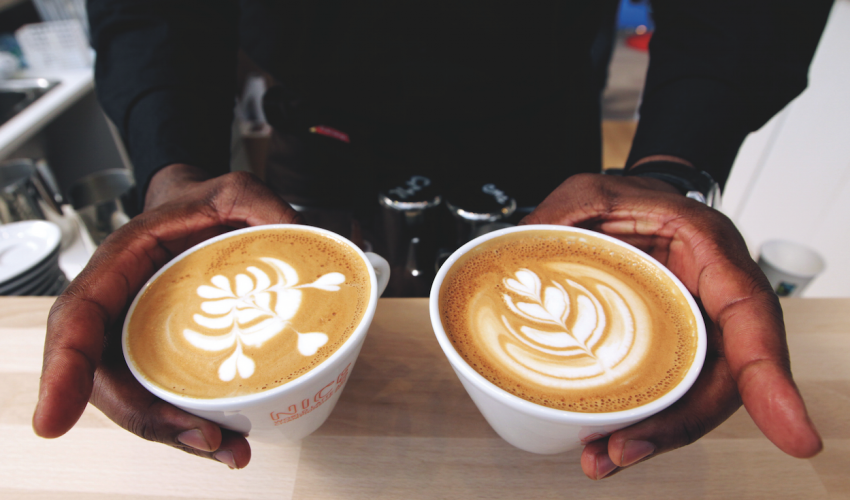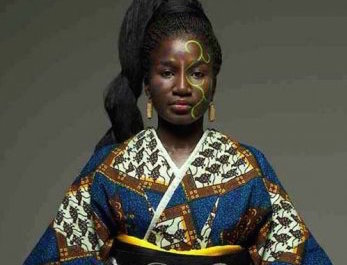For the longest, at least since the colonial era Africa has had must of its history wiped away, replaced by the western culture of countries that previously held dominion over most African countries. One of the ways was they achieved this was to steal all the African artifacts from the country, placing them in their museums abroad and by doing so eradicating the long historical values these pieces held for the generation to come. Without these pieces of Art, it’s hard for most Africans to backtrack their cultures’ traditions and stories, to know the different uniqueness and importance held by these pieces.
Slowly, that’s beginning to change and Senegal is taking a big step to help bridge this by opening the biggest collection of African art in the Museum of Black Civilisations in Dakar today. According to the representative of the Senegalese government, the project will cost 1.5 billion FCFA to the Senegalese government and will be with the Big Theater (2milliards FCFA), two main cultural infrastructures of the country. Mr. Hamady Bocoum, the Director General of the Museum of Black Civilizations said the museum will not be “solely for black, but also for mixed race civilizations” because all cultures will be able to express themselves through exhibitions and conferences.
Fifty-two years ago, just after Senghor had hailed Senegal as the capital of Black Civilisation at the opening of the festival of Black Arts, the Museum of Black Civilizations will be opening, spread over an area of 14,000m2 with a capacity of 18,000 pieces of art which will be used for the conservation of cultural values of the black people and for the presentation of Africa to the world. Senegal’s late president Leopold Sedar Senghor was the first to propose the idea of a museum about the civilizations of black Africa during a world festival of black artists in Dakar in 1966.
“On two levels, visitors will travel from the Neolithic to the multiplicity of African cultures, through the Iron Age, to understand the contributions of Africa to the scientific and technical heritage. The director of the museum boasts a modern scenography, with the latest technologies, to dialogue paintings, sculptures, masks, and some masterpieces, as a piece of one of the major figures of the plastic arts of Mali, Abdoulaye Konaté, and a monumental baobab of 112 meters high made by a Haitian representative of the diaspora,” Senegalese President Abdoulaye Wade said about the project.
As a reminder, the World Festival of African Arts (1966) was the biggest celebration of the Negro history. Several personalities as André Malraux, Aimé Césaire, Jean Price-Mars, Duke Ellington, Joséphine Baker, Langston Hughes, Aminata Fall, and many others participated in the first edition of the festival in Dakar (Senegal) from 1st to 24 April 1966.
China, partner of Senegal in the achievements of this ambitious project, understands the importance of this museum for Africans, ‘We had similar vicissitudes. This is why we understand the suffering of our African friends. It is this common fate that unites us and continues giving a dynamic momentum to the strengthening of our friendship and cooperation relations indicated the diplomat’, Xia Huang.
Source: More Branches
*The views of the above article are those of the author and do not necessarily reflect the views of Africa Speaks 4 Africa or its editorial team.




